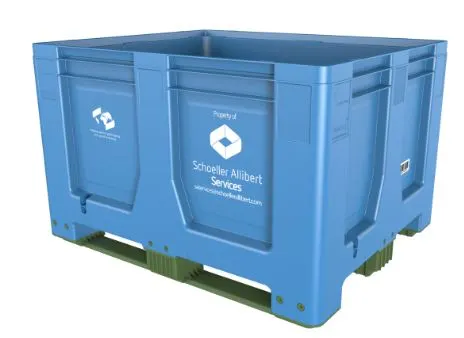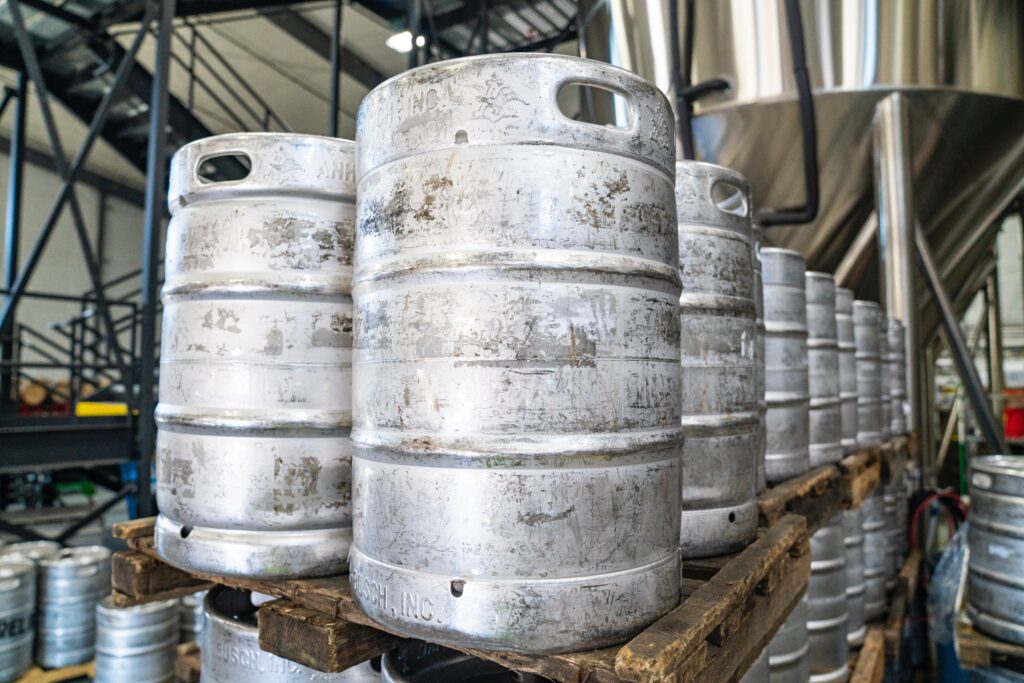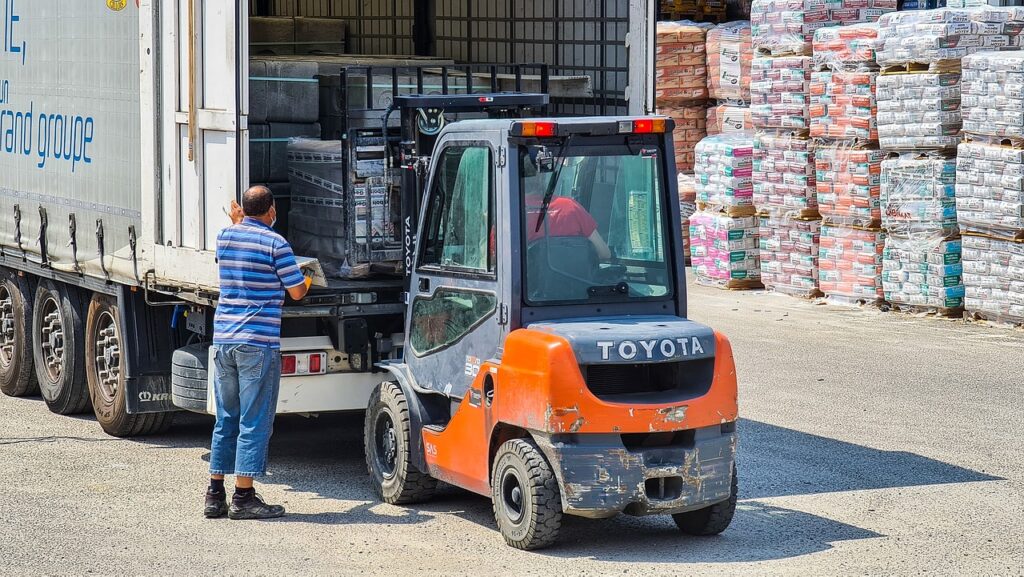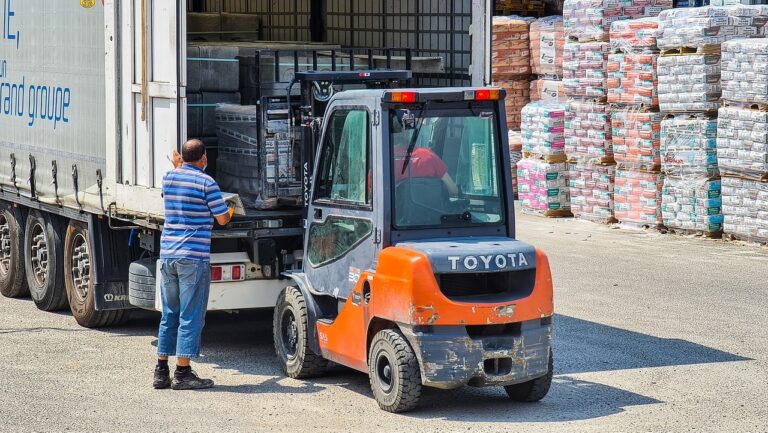What is Returnable Transport Packaging?
Returnable transport packaging (RTP) items are durable and reusable packaging materials used for transporting products from one location to another and returning back.
Large foldable containers, roll cages, pallets, kegs, unit load devices, and stillages are some examples of RTP, which are often used in a closed-loop business-to-business (B2B) supply chain network.



The growing interest in RTP, an alternative to disposable packaging, stems from its potential to reduce waste, improve operational efficiency, and optimize the cost of logistics operations by reusing the returnable packaging.
Three Main Benefits of Using Returnable Transport Packaging:
- Reduce environmental impacts: RTP offers a more sustainable alternative to one-way disposable packaging through the reusability of materials in a closed-loop supply chain network. This reduces packaging waste, landfill charges, and the overall CO2 footprint.
- Improve operational efficiency: RTPs are designed to be durable and compatible with different material handling equipments and freight transportation modes. These attributes help in improving packaging density, product safety, and transport capacity utilization whilst reducing the material handling time and labor costs.
- Better product traceability: RTPs can be tracked and traced using asset tracking solutions (usecase), which can improve the supply chain visibility and reduce the risk of lost or damaged products.
Which RTP Model to Select?
The Reusable Packaging Association, a reputed non-profit trade organization, valued the global RTP market at $103.7 bn with an expected 5.9% CAGR (2022-2030).
In order to select a viable RTP usage model, companies should evaluate their supply chain design and transportation flows to select a viable RTP usage model. This involves understanding the packaging capacity, transportation distances, and rotation times between the different locations. (Taschner, 2023).
Three usage models of Returnable Transport Packaging:
- RTPs owned and operated by the company, e.g. Breweries managing their own pool of beer kegs or industrial manufacturers customizing RTPs to meet their product specifications and branding.
- Company owns the RTPs (asset) but outsources the operations to a third-party service provider that can optimize the RTP management including cleaning, repair, tracking, and timely availability at different locations.
- Company rents the RTPs, which are owned and managed by the service provider
Example of circular RTP model from CHEP
Five Factors to Consider in the Selection of an RTP Model
The selection of RTP usage model is determined by multiple factors, which impact the operational cost of material storage, freight transport, and labor. The five factors that come to mind are –
- Demand predictability: A predictable demand forecast of products enables better planning of RTP safety stocks at different facilities. A high demand and supply variability could lead to a large percentage of empty RTP stocks – adding to storage costs.
- Freight cost: Reverse logistics is often necessary for RTP, which involves transporting empty and foldable RTPs back to their point of origin. This can result in increased freight costs, particularly over long distances. Companies should also review their 3PL contracts to determine whether differential costing based on the state of RTP is possible.
- Custom or Standardized: Companies can choose to either own custom RTPs or rent standardized RTPs from third-party service providers, depending on their supply chain strategy. Direct ownership involves an upfront capital investment, while a flexible rental model allows for reusing standardized RTPs.
- Loss and Damages: RTP can be lost or damaged during transportation. A high loss rate due to inefficient material handling and inadequate asset-tracking capabilities will result in replacement costs and associated costs of depreciation in the direct ownership scenario.
- Supplier Collaboration: In order to recover value, RTP management would require collaboration with suppliers and partners across the extended supply chain network. This collaboration could result in changes to processes and systems that may require additional resources and costs for the change implementation.
Closing Thoughts
Packaging is a cost that cannot be avoided. Manufacturers need it to deliver the necessary customer value while ensuring the safe storage and transportation of goods. RTPs provide a compelling tool for defining a suitable packaging strategy. They effectively manage the trade-off between competing priorities such as product promotion, sustainability, and cost savings.






1 thought on “Selecting Returnable Transport Packaging : Things to Know”
Pingback: Keg Management: Navigating Hurdles to Deliver Fresh Beer
Comments are closed.